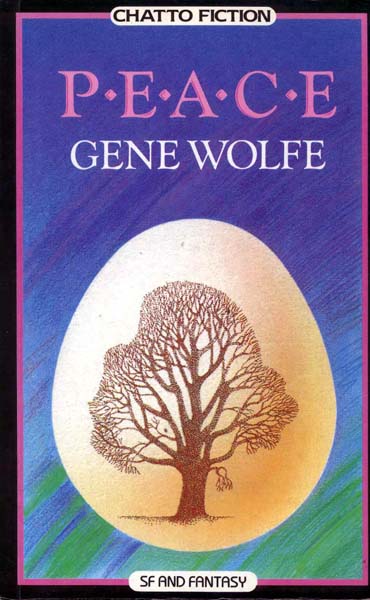Gene Wolfe is my favourite author, and probably the most underrated author of the 20th century. Of his works I have read;
The Book of the New Sun + Urth of the New Sun
The Wizard Knight
The Fifth Head of Cerberus
Latro Soldier of the Mist / Arete
And some of his short stories. Most of his work is Science Fiction and Fantasy, although much darker and more thoughtful than is typical of genre fantasy.
Peace is something else. This is not SF or clearly genre literature. This is a slight give away, but it is really a horror novel. There will be a few minor spoilers in my comments below. If you want a book that's way cleverer than you are go out and read it.
Ostensibly this is a memoire of an older, possibly dying man about growing up in the mid west of the USA through the first half of the last century. Ignoring the Gene Wolfian clever mind games this is a fantastic novel with deep themes even at the superficial level. It deals with the evolution of America overtime from the defrauding of the Native Americans through to oppressive industrialisation. It explores the nature of memory and how we reconstruct them over time, it is concerned with the morality of its characters and society. In all of this the writing is beautiful.
However people don't discuss the above if you read reddit reviews for the novel. Another give away. The first memory we are narrated through is Alden Dennis Weer's (the protagonists) 5th birthday party. Amongst the glittery smiles and sunshine of childhoods memory he prepares to wrestle a boy near the top of some stairs. The narrative cuts to another memory. A few pages later we learn this boy died of a spinal injury. This is the pattern of the book, but most other grisly or morally questionable events are harder to detect. This is a horror story where the horror occurs off camera and we are left to deduce events from evidence scattered through the book.
The book is about 240 pages long but in practice you will want to read it twice. Lots of early memories in the narrative take on a whole new meaning once you know who the characters are and roughly what is transpiring.
Highly recommended.

Comments
Post a Comment